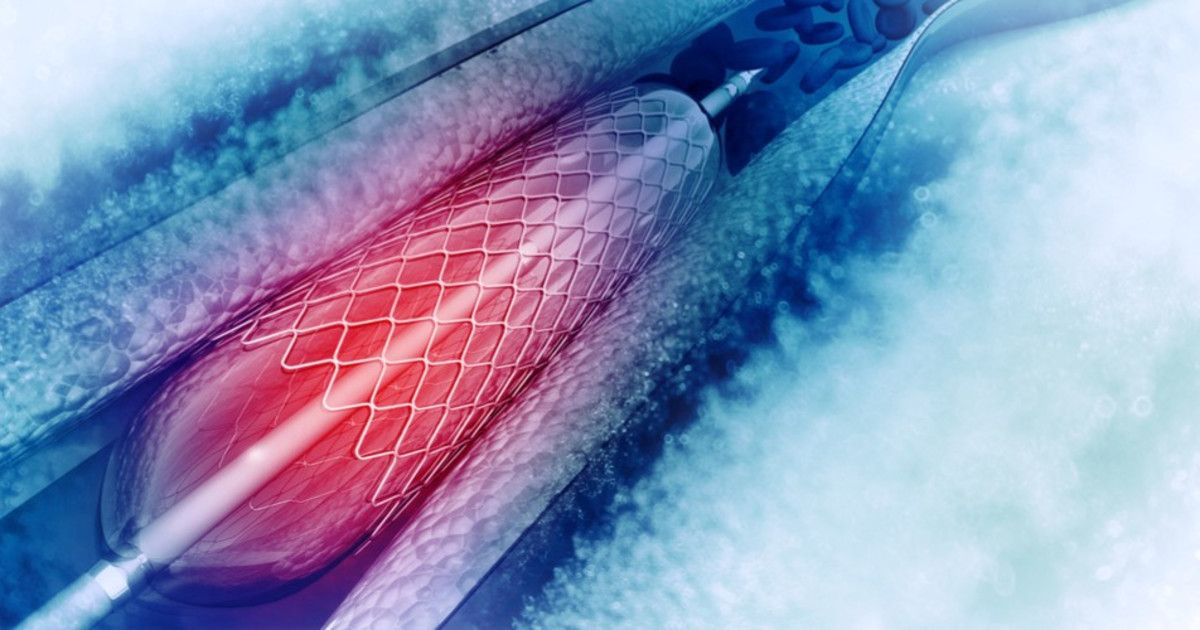How To Treat Primary Sclerosing Cholangitis
Primary sclerosing cholangitis is a disease where the tubes that transfer bile between the liver, gallbladder, and small intestine or the bile ducts become scarred as a result of repeated inflammation. Progression of this condition is characterized by bile build-up in the liver due to scar tissue obstructing the bile ducts. The bile build-up causes the liver to incur damage over time, and as a result, the liver also becomes scarred. Primary sclerosing cholangitis can lead to cirrhosis and failure of the liver.
The causes of this condition are not clear, but it is often linked to ulcerative colitis and inflammatory bowel disease. Symptoms that gradually appear as primary sclerosing cholangitis advances slowly include itchy skin, jaundice, and fatigue. Additionally, individuals with this condition may develop a bile duct infection that produces chills, abdominal pain, and a fever.
Vitamin Supplements

Part of treating primary sclerosing cholangitis includes the use of vitamin supplements for any deficiencies that may occur. Many essential nutrients and vitamins are water-soluble, while numerous others are fat-soluble. A healthy individual's body is able to use digestive processes involving the liver, gallbladder, and small intestine to break down fat and absorb the vitamins dissolved in it. The body requires bile from the liver to break down fat properly. Primary sclerosing cholangitis patients often have a partial or full blockage in their bile ducts from scar tissue.
The obstructed bile ducts prevent an adequate amount of bile from reaching the small intestine. This inadequacy causes a failure of the body to break down fats and stops the absorption of the vitamins and nutrients within them. The most common deficiencies in individuals with this condition include vitamins K, E, D, and A. Deficiencies of these vitamins each carry their own set of additional complications that may occur on top of primary sclerosing cholangitis if the deficiency goes unaddressed. Oral vitamin supplements are often prescribed for patients, and some severe cases necessitate intravenous vitamin infusions.
Stent Placement

Individuals who have primary sclerosing cholangitis may need a stent placement in their bile ducts to widen them and allow for the easier passage of bile. Chronic inflammation of the bile ducts in patients results in sclerosis or scarring of the duct tissues. Scar tissue is fibrous tissue formed by a tough protein that is harder and stiffer than the normal bile duct tissues. As scar tissue builds up, the ducts become hardened and narrowed to where they only allow minimum bile passage. The surgical installation of a stent enables the surgeon to widen the bile ducts located outside of the liver and keep them open.
During this procedure, a catheter is threaded into the body through a series of small incisions to reach the bile ducts. Once in the correct part of the duct, the surgeon will insert a small balloon through the catheter into the narrowed bile duct. The balloon is then inflated to widen the duct mechanically. Once the duct has been expanded to the desired position, a stent or small plastic mesh tube is inserted. The balloon is then deflated and removed, and the stent stays secured in place. Stent placement is usually the most practical surgical procedure for cases of primary sclerosing cholangitis because traditional scar tissue removal can be highly invasive and result in more complications.
